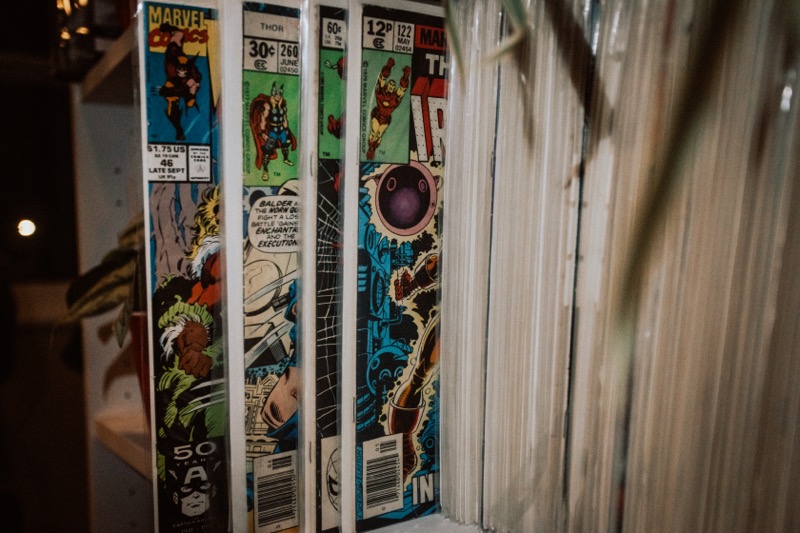How to create compelling heroes and villains in television


I recently watched Demon Slayer, an anime on Netflix. I was very impressed and I’m excitedly waiting for its upcoming film’s global release and for the eventual second season.
Anime typically wows me with its visual style and creativity—Demon Slayer is no exception. However, my favorite part of the show is how they build up an eventual battle between its two quintessential characters.
The main protagonist —Tanjiro —and the main villain —Muzan —both work to elevate each other and are written expertly. By reviewing their methods, we can understand how to create an interesting dichotomy between a hero and a villain.
First, you must definitively establish the two roles; why are the two entities in conflict with one another? It’s an easy step, but one that is neglected surprisingly often.
Demon Slayer establishes this within the first episode in a simple way. Tanjiro leaves his family at home for a day while he works in the town, only to return the next day finding all his family murdered by a demon—the only exception being his sister who has been turned into a demon.
This event launches Tanjiro into the world of demon hunting, as he begins training to be a demon hunter with the hopes of finding a way to turn his sister back into a human.
It is here that he learns that there is only one demon capable of turning people into demons—his name is Muzan. Additionally, he learns that only Muzan is likely to know how to turn Tanjiro’s sister back into a human.
This allows for Tanjiro to have sufficient motivation; he is now not only pursuing Muzan to seek vengeance for his family but also to save the one family member he has left.
Now we have a hero with a believable motivation. However, there is one very important way to make your audience cheer for a hero:; make a threatening villain.
A hero’s journey to an eventual clash with their mortal enemy is in many ways even more important than the clash itself. Impressively, Demon Slayer creates a dangerous villain without having to show him very often.
We see how threatening he is by maximizing Tanjiro’s screen time and using as little time as necessary for Muzan.
Following the murder of his family, Tanjiro begins training. He ends up performing intense, backbreaking training for two years straight. When Tanjiro begins to fight demons, he begins to learn of Muzan’s power.
After an intense struggle sees Tanjiro inch out a victory over a formidable demon, he questions the demon about Muzan. The demon cowers in fear, preferring death over the consequences over revealing any information about Muzan. We learn to grow fearful of Muzan’s strength without even seeing him.
In season one, we are constantly reminded of the overwhelming odds Tanjiro faces. With how much he struggles against Muzan’s underlings, there’s no doubt he would be annihilated by Muzan if he faced him before he was ready.
This makes Tanjiro the ultimate underdog, making him even more identifiable with the audience and allowing even more room for character progression.
The cherry on top of this hero-villain dynamic is in the rare occasions we do see Muzan. Obviously, we see instances of his raw power. Muzan’s power is obvious, but in terms of character, he’s unoriginal.
There’s nothing that interesting about a villain who’s just really powerful. Where he becomes interesting is in episodes seven and eight. It is here that we get our first real introduction to the devastating villain in an unexpected way.
Tanjiro senses him while on an investigation in a large city. He tracks Muzan down in a crowd and grabs him, only to see that he is walking with a human wife and child.
Despite being the most powerful known demon in the world, he seems to be living an ordinary human life, surrounded by other humans. This adds a whole new dimension to the character making him much more mysterious and intriguing than once thought.
Demon Slayer creates a great balance between its two foils. Muzan’s unyielding power and evil actions provide a meaningful challenge and motivation for Tanjiro. Muzan is made threatening by virtue of that power and is made interesting by him seemingly enjoying human activities.
I’m excited to see what direction both characters will be taken, come future installments. Until then, both serve as a Mmasterclass on how to create compelling heroes and villains.


